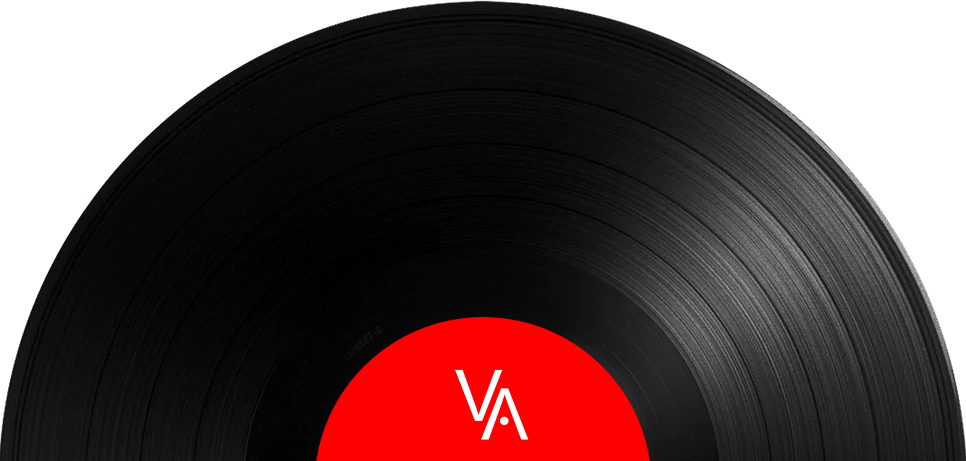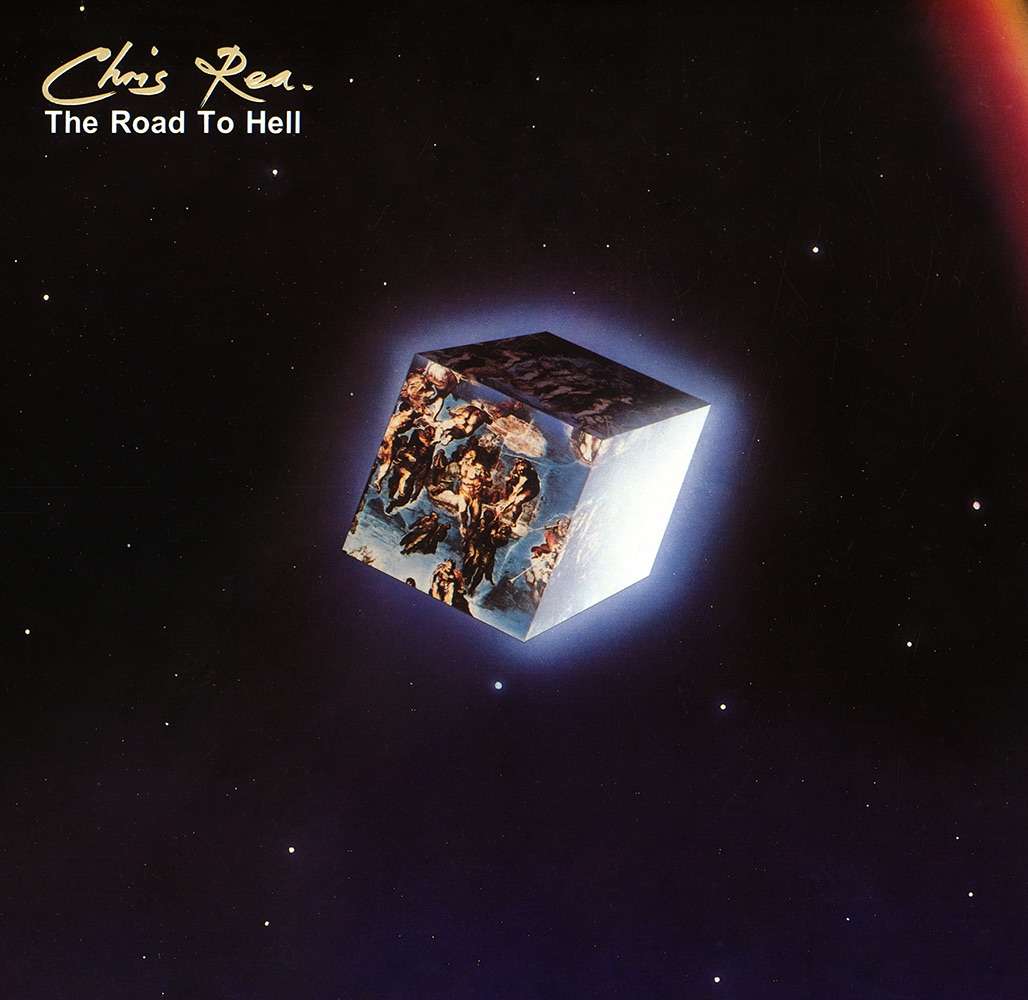
Another great LP you’ve probably never heard, from 1989. I play this record and everybody in the room wants to know who it is. The song Texas is the standout track here, but there are a lot of other great tunes within these grooves, too. Texas is sometimes played before Texas Rangers baseball games in Arlington, Texas.
Another track, Daytona, is about the Ferrari 365 GTB/4 Daytona race, with the car's engine and tire noises being heard toward the end of the song.
Rea is the king of the understated hidden treasure. Many of his songs are of the “if-you-listen-to-it-again-I-promise-it’ll-grow-on-you” variety. Maybe it's his distinctive voice, or maybe the clear, sustained notes of his careful guitar soloing, or maybe both – but there’s an almost ethereal quality to his songs that make them unlike anything else out there. It is certainly not a boring record, and the production is top drawer. You’ll be lucky to find this in a used record store, as I can’t imagine anyone who has it would want to give it up. But they do exist and they're not very expensive.
The Road to Hell is Rea's 10th studio album. It's also Rea's most successful record, topping the UK Albums Chart for three weeks and eventually getting certified 6-times Platinum.
Rea recalls having a lot of trouble with The Road To Hell because of his record company insisting he record his next album, Auberge, first, as a sort of insurance policy in case The Road To Hell didn’t work. If it didn't, "we would jump straight away to Auberge and forget about it," Rea said.
The album cover features art created by the British commercial artist Adrian Chesterman, who also created Motorhead's 1979 Bomber album cover.
The song The Road to Hell is a two-part song, and Part Two was released as a single, which became Rea's biggest U.K. success, peaking at number 10 on the singles chart. The song was inspired by the frustrations of driving on England's M25 and M4 motorways during rush-hour traffic.
But back to Texas, which features and Englishman as the central character who is dreaming about visiting Texas because he imagines it to be a wonderful place with no big crowds or traffic or crime.
But in Rea's view this guy's rose-colored view is misguided. "He's going for that big Western apple in the sky," he said in the book Classic Albums. "He's thinking it should be like Texas, and he's thinking of large, cheap steaks, every woman is 6' 4" and has massive legs and looks like Jerry Hall. There's no trouble because they say there's no trouble. But really, if you've been there, it's even three times more violent. And it is, it's poison on top of poison."
It's …
Another great LP you’ve probably never heard, from 1989. I play this record and everybody in the room wants to know who it is. The song Texas is the standout track here, but there are a lot of other great tunes within these grooves, too. Texas is sometimes played before Texas Rangers baseball games in Arlington, Texas.
Another track, Daytona, is about the Ferrari 365 GTB/4 Daytona race, with the car's engine and tire noises being heard toward the end of the song.
Rea is the king of the understated hidden treasure. Many of his songs are of the “if-you-listen-to-it-again-I-promise-it’ll-grow-on-you” variety. Maybe it's his distinctive voice, or maybe the clear, sustained notes of his careful guitar soloing, or maybe both – but there’s an almost ethereal quality to his songs that make them unlike anything else out there. It is certainly not a boring record, and the production is top drawer. You’ll be lucky to find this in a used record store, as I can’t imagine anyone who has it would want to give it up. But they do exist and they're not very expensive.
The Road to Hell is Rea's 10th studio album. It's also Rea's most successful record, topping the UK Albums Chart for three weeks and eventually getting certified 6-times Platinum.
Rea recalls having a lot of trouble with The Road To Hell because of his record company insisting he record his next album, Auberge, first, as a sort of insurance policy in case The Road To Hell didn’t work. If it didn't, "we would jump straight away to Auberge and forget about it," Rea said.
The album cover features art created by the British commercial artist Adrian Chesterman, who also created Motorhead's 1979 Bomber album cover.
The song The Road to Hell is a two-part song, and Part Two was released as a single, which became Rea's biggest U.K. success, peaking at number 10 on the singles chart. The song was inspired by the frustrations of driving on England's M25 and M4 motorways during rush-hour traffic.
But back to Texas, which features and Englishman as the central character who is dreaming about visiting Texas because he imagines it to be a wonderful place with no big crowds or traffic or crime.
But in Rea's view this guy's rose-colored view is misguided. "He's going for that big Western apple in the sky," he said in the book Classic Albums. "He's thinking it should be like Texas, and he's thinking of large, cheap steaks, every woman is 6' 4" and has massive legs and looks like Jerry Hall. There's no trouble because they say there's no trouble. But really, if you've been there, it's even three times more violent. And it is, it's poison on top of poison."
It's …



